I immediately felt a bit stressed about the thought of going back and forth to this office, 30 minutes away, 2 times a week. I wanted the answer to be simple -that all she needed was glasses and that her other issues could be attributed to Down syndrome and the accompanying Intellectual Disability (ID).
I was slightly leery. How could they accurately test her for Convergence Insufficiency if she has an ID? What if she simply didn't understand what was being asked of her during those tests they were doing? I mentioned that to the doctor, but he said they did several eye tracking and teeming tests and her eyes were just not doing what they should be doing. One example was taking a pen and telling Kayla to keep her eyes on the pen and follow it all the way to her nose. Most people can force their eyes to stay on the object until it touches their nose. When the pen reached a certain space from Kayla's nose her eyes drifted away; several times. (I did this at home with my finger to both Lucas and Kayla and saw a noticeable difference. Lucas could keep his eyes on my finger all the way until it touched his nose; Kayla could not.)
We made an appointment to follow up with the vision therapist and I went home and did some research. I was still leery about the recommended 2x a week in-office vision therapy. And I wanted to read more success stories than was posted on their own website. I was also balking because this type of therapy is considered alternative and of course not covered by most insurances (including our own). It's recommended to start out at 12 weeks and then re-evaluate, but predictions are that Kayla will probably need this for at least a year. Knowing that insurance wouldn't cover this made me wonder how effective this treatment was and if it was 'worth it.'
But when I read the symptoms and the issues of CI it was like a light bulb going off. A lot of what I read described Kayla.
She can read, but she doesn't read with fluency. She pauses a lot when she is reading. She stops to look around the page before even finishing a full sentence. I'm constantly tapping the page and telling her to continue on with reading the next word. It has been painful reading with her because of how absolutely long it takes to get through what should be a simple book. She skips easy words; she mixes up words like "a" and "the" and other small words that I know she knows. So she struggles with reading comprehension because by the time she finishes reading something, because of how long it takes, she doesn't remember or retain what she's even just read. She squints her eye. She tilts her head.
Her handwriting hasn't improved much over the last couple of years. When she writes a word she doesn't keep the letters all the same size and spacing together to make it a word. If there is no defined space the letters are spaced widely apart.
Here are some symptoms of CI: The bold ones are what we notice with Kayla, she might have the other issues such as blurred, double vision, headaches, but we don't know because she doesn't tell us ... or know any different to tell us what she is seeing.
- eyestrain (especially with or after reading) (She probably has this and that is why she pauses so much during her reading; to give her eyes a break)
- headaches
- blurred vision
- double vision
- inability to concentrate
- short attention span
- frequent loss of place
- squinting, rubbing, closing or covering an eye
- sleepiness during the activity
- trouble remembering what was read
- words appear to move, jump, swim or float
- problems with motion sickness and/or vertigo
I read about treatment for CI here and here. "Pencil push-ups" used to be the most common treatment, but scientific research doesn't support this and studies have not shown it to be effective.
Mayo Clinic researchers were part of a nine-site study involving 221 children to try and determine the best treatment method. There were 4 controlled groups:
- Office-based therapy w/a trained vision therapist and in-home reinforcement
- Home-based pencil push-up therapy
- Home-based computer vision therapy with pencil push-ups
- Office-based placebo therapy
After 12 weeks the study showed that approximately 75% of the children in the office-based therapy with in-home reinforcement experienced either full correction of their vision or saw marked improvements compared to about 40% for the 2 home-based therapy groups.
That was enough for me to at least give this a try and see if there are improvements with Kayla's vision.
Next I went looking for parent testimonials. While it was helpful to read all the success stories of struggling in school and these kids now making As and Bs, and being at the top, or near top, of their class etc ... I knew that kind of success wouldn't apply to Kayla because she has an ID.
I knew that helping her with the CI will not all of a sudden give her average intelligence, or make school work easier for her ... it won't be a magical fix that will have her working on grade-level with her same age peers.
I wondered if there were any success stories about kids who had a prior diagnosed intellectual disability. I did find Success With Learning Disabilities: Special Education Programs and Vision Therapy. A quick stroll through the stories seem like a lot of those students were in Sped Programs due to reading problems; I haven't read enough yet to see if any of the stories contain students who also have an ID.
I know Kayla will still have hurdles in school to overcome because of having an ID, but I'm hoping this new diagnosis and treatment will hopefully help things not be as difficult for her.
Part III - Starting vision therapy, prism lenses, and learning about centrally- or peripherally-focused vision.





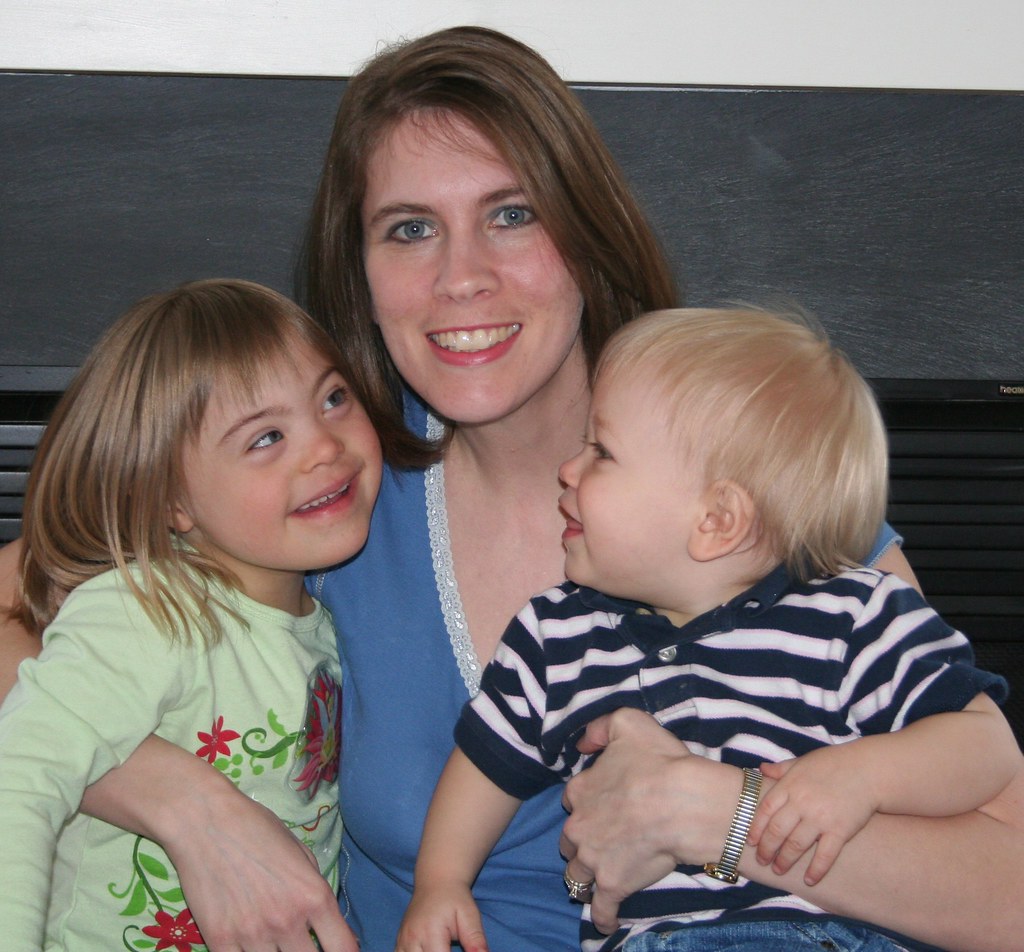
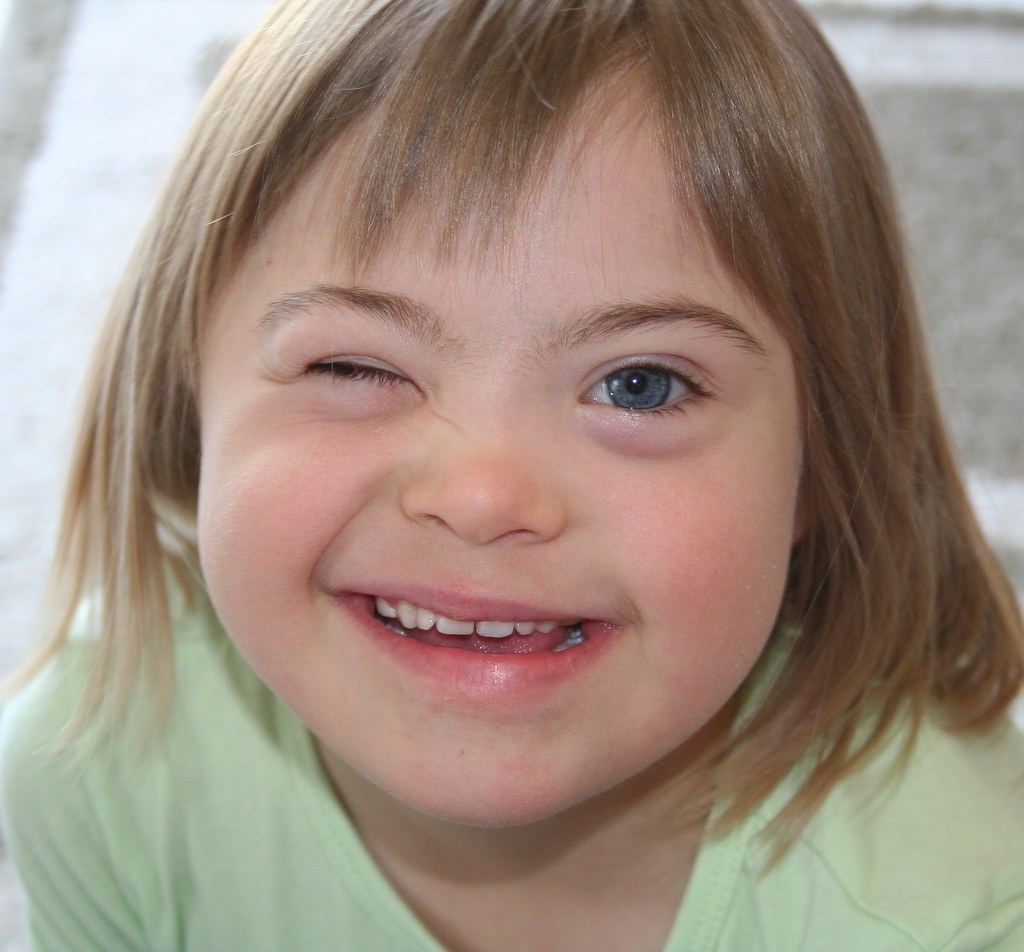















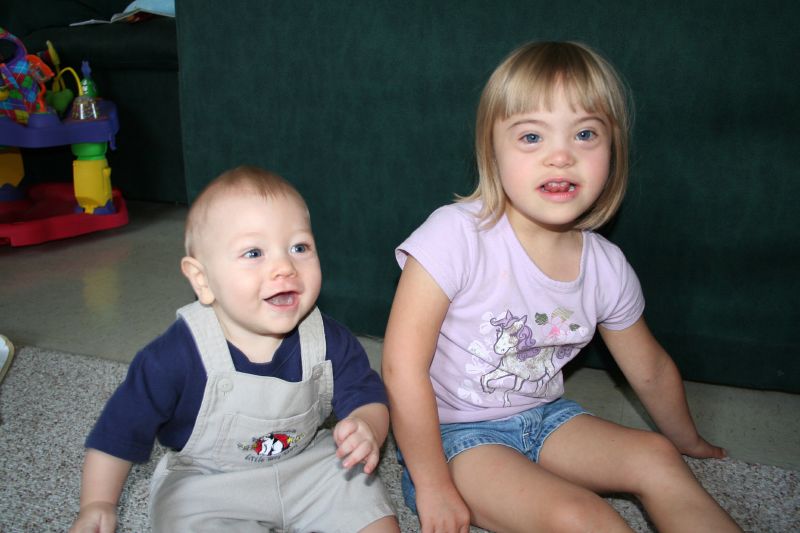


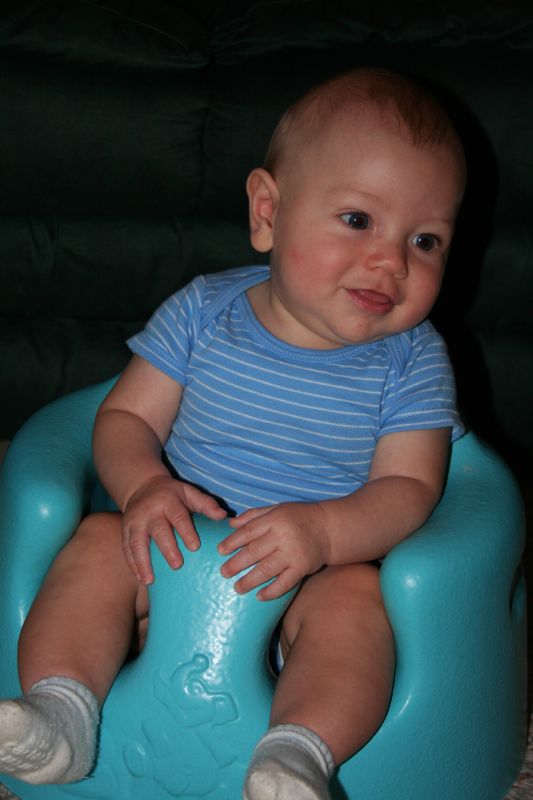

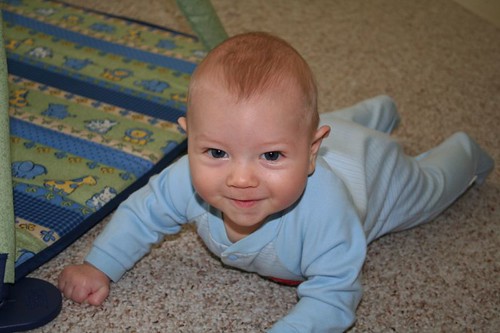


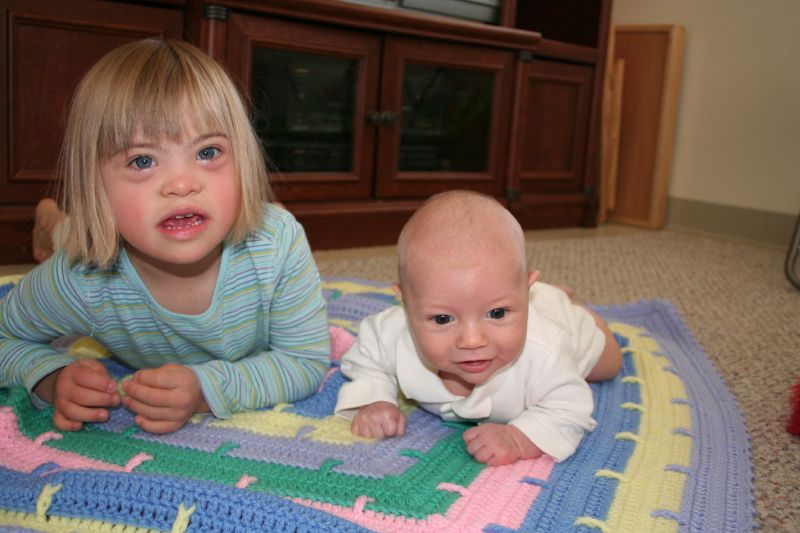

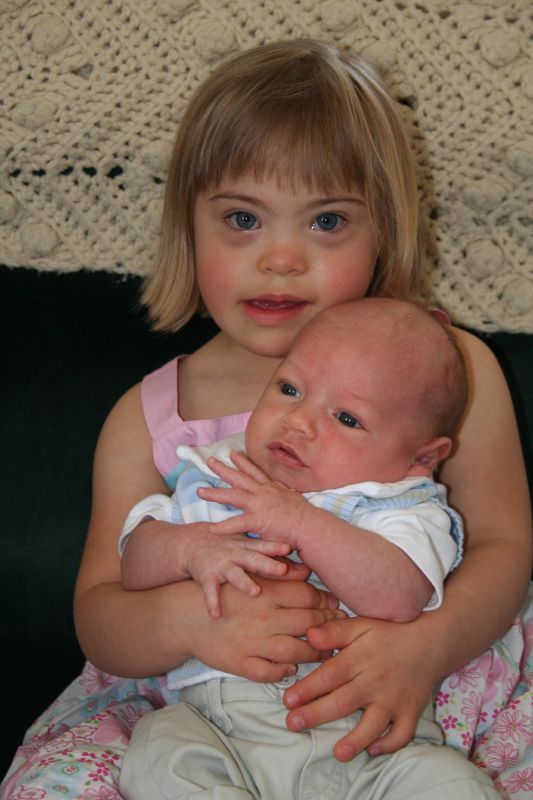

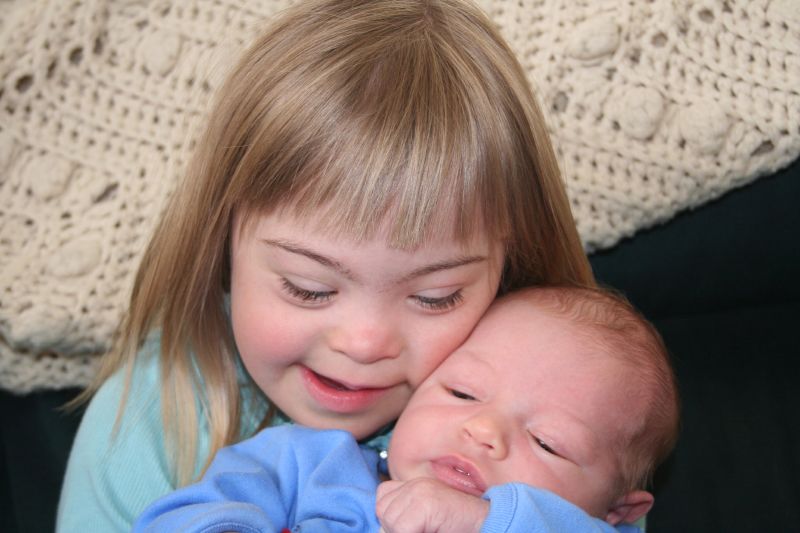
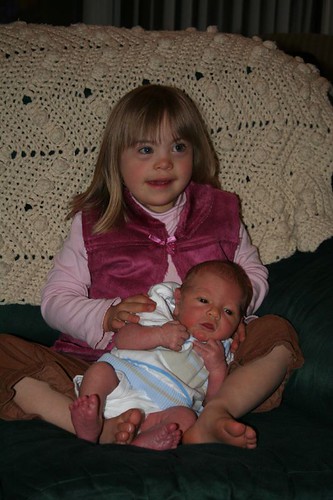
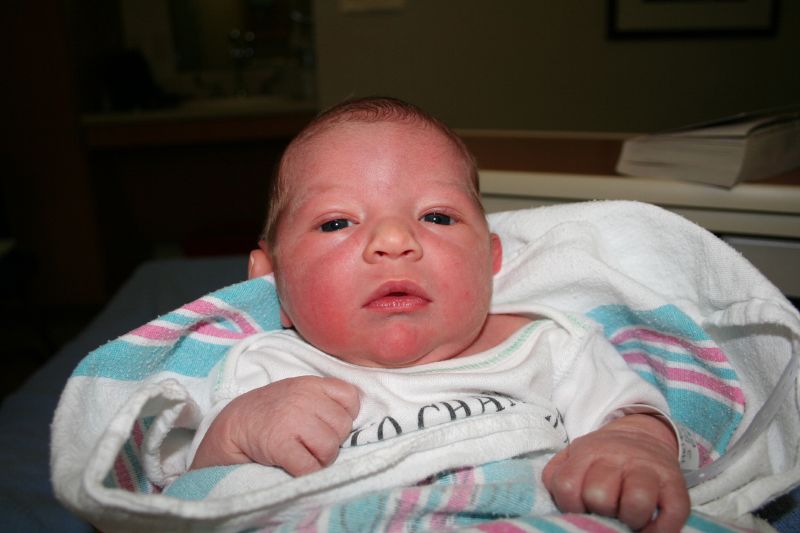
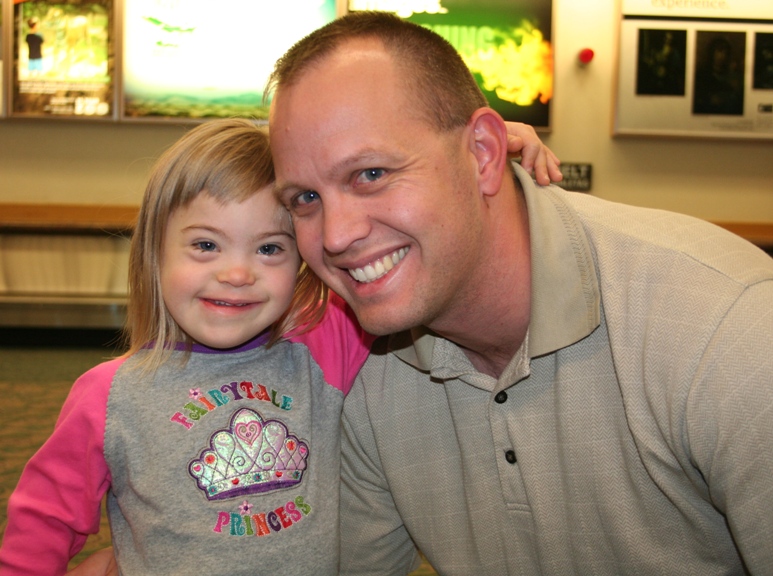

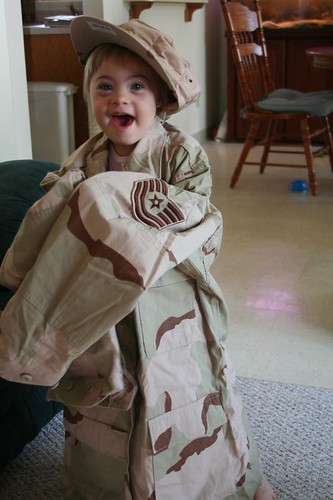


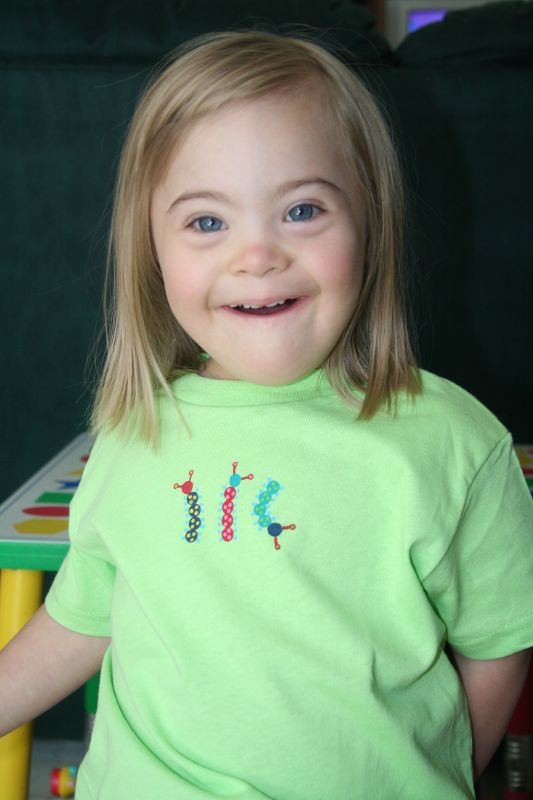








8 comments:
Vision therapy is worth it. I had it from the time I was 4 until I was 11.(2x a month plus home exercises) I had tracking problems. It helped but the drive(1 hour away) every 2 weeks w/ lots of annoying home therapy(like the sit in bathroom for 30 min and look at green light) I'm interested to see how it goes. BTW my cousin with autism had vision therapy for 2 years and it helped him the results were just harder to show.
I'm 46-born with minor spastic hemiplegia and diagnosed with 'lazy eye' at 2 yo. In '69 Dr's knew enough to patch to save the vision in the weak eye- but not enough to offer vision therapy.
I tried vision therapy as an adult and it made me feel ill- ill enough to stop trying. I cover one eye when I read. I have trouble with a 'hole' in my visual field-because my vision is fine in both eyes- I just switch back and forth-I see like a lizard- so that I miss and/or in sentences or minus signs for negative numbers-meaning I made "stupid/careless" mistakes. and I have no depth perception- which makes me sorta clumsy. If you can minimize that stuff for Kayla it would be awesome.
Very interesting. Once again, you have written in such a nice clear way to understand - so thank you! Matthew has had surgery to correct lazy eye in both eyes, they have said that his eyes weren't working together before that, but not since surgery. He has gotten glasses now, but have never mentioned anything else. He has many of these symptoms, so I think I'll be asking!
vdry informative. GO FOR IT !!SOUNDS LIKE THE VISION THERAPY WILL BE HUGE FOR KAYLA WITH POSITIVE RESULTS. love mom
Great information. Praying you will make the best decision for Kayla.
My niece has something similar, but I guess not as bad, because she doesn't need therapy. I hope the therapy goes well for her, and she won't have to experience those symptom any more.
I'm looking forward to following this... my dad was a vision therapist for a few years and MAN did I get sick of those exercises! (we were his guinea pigs).
I have been thinking a lot about it with Moxie's eyes and wondering if that's what we are going to need to do.
Thanks so much for sharing this, as its something I should look in to also.
Post a Comment